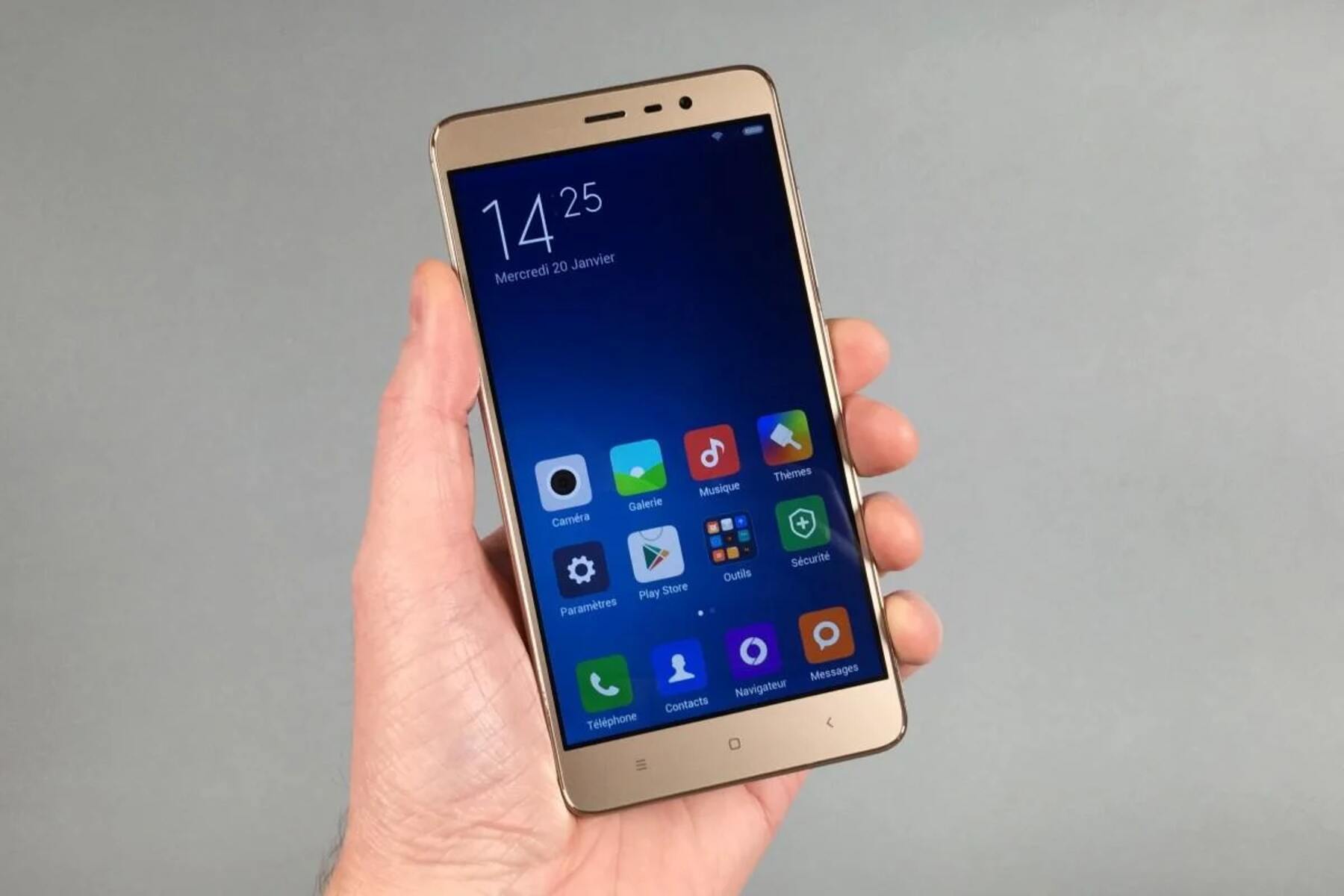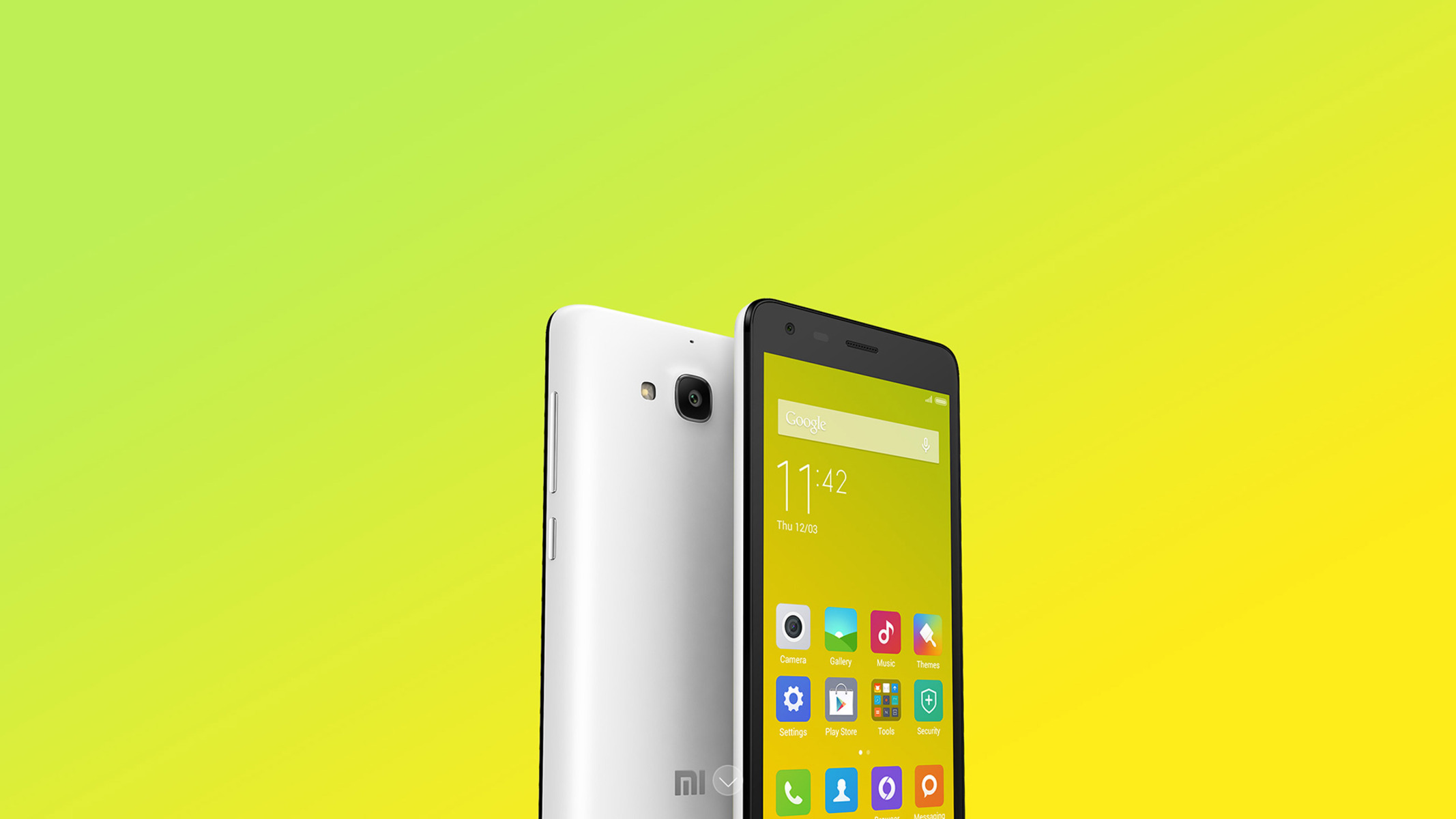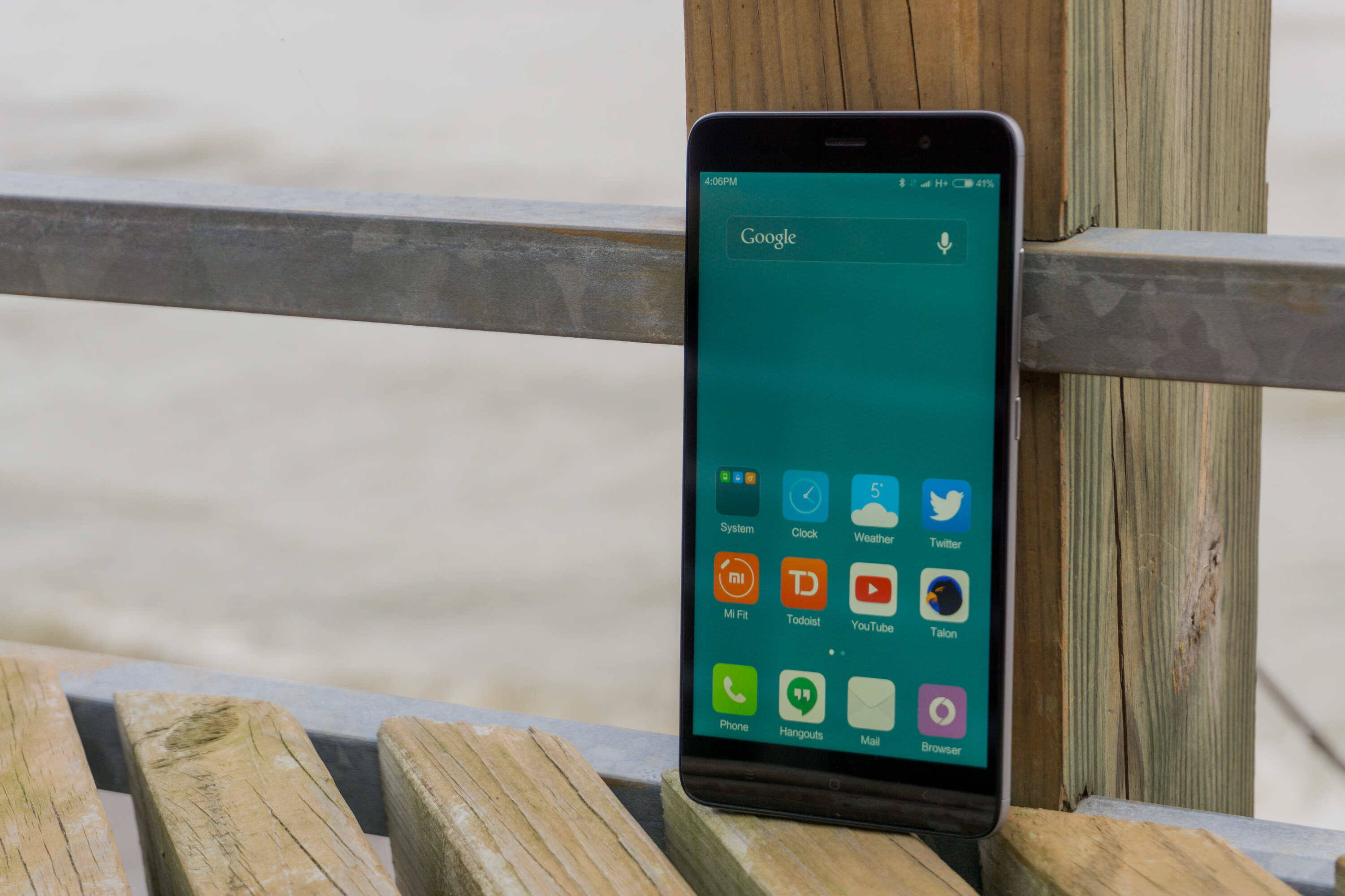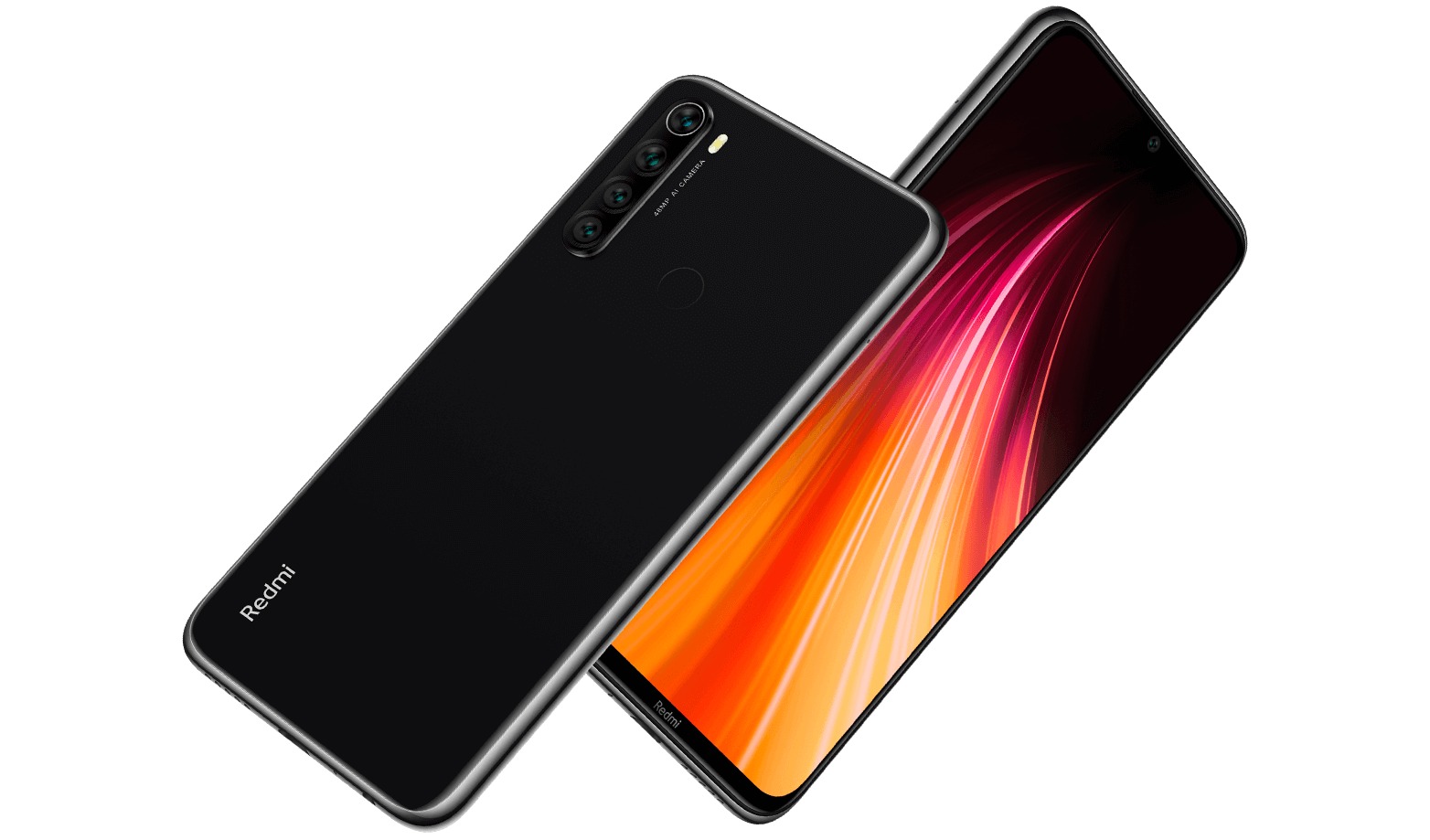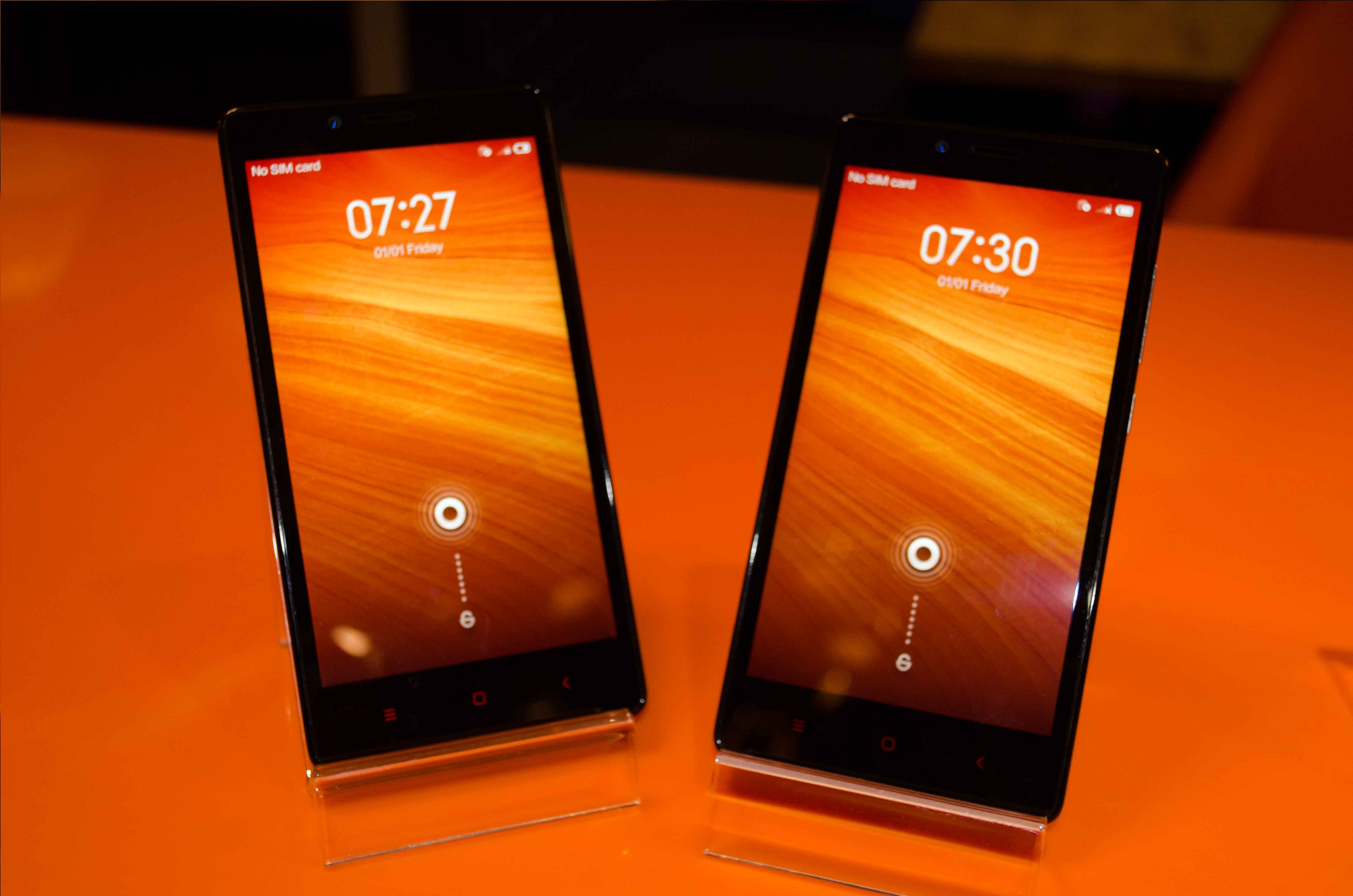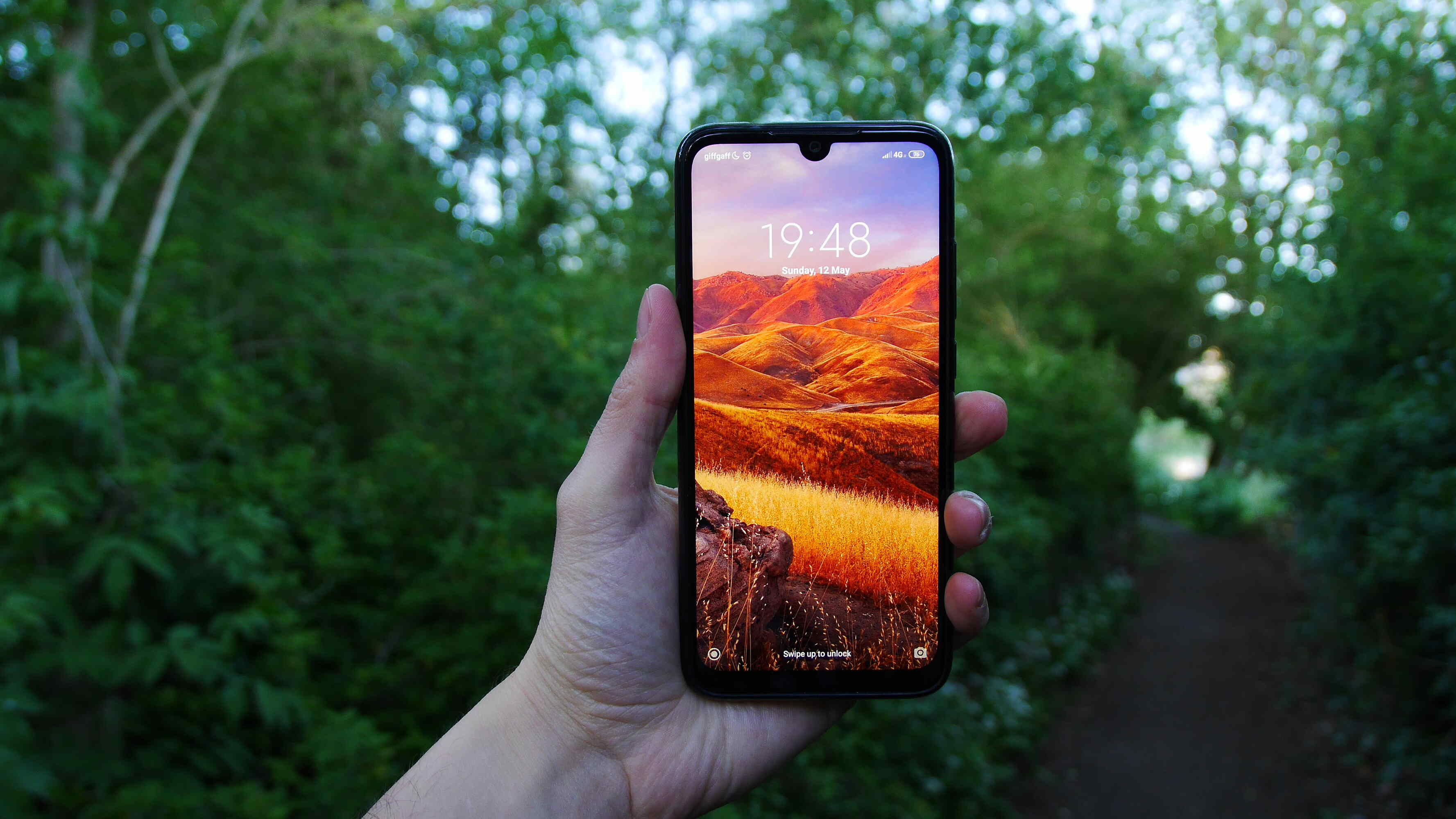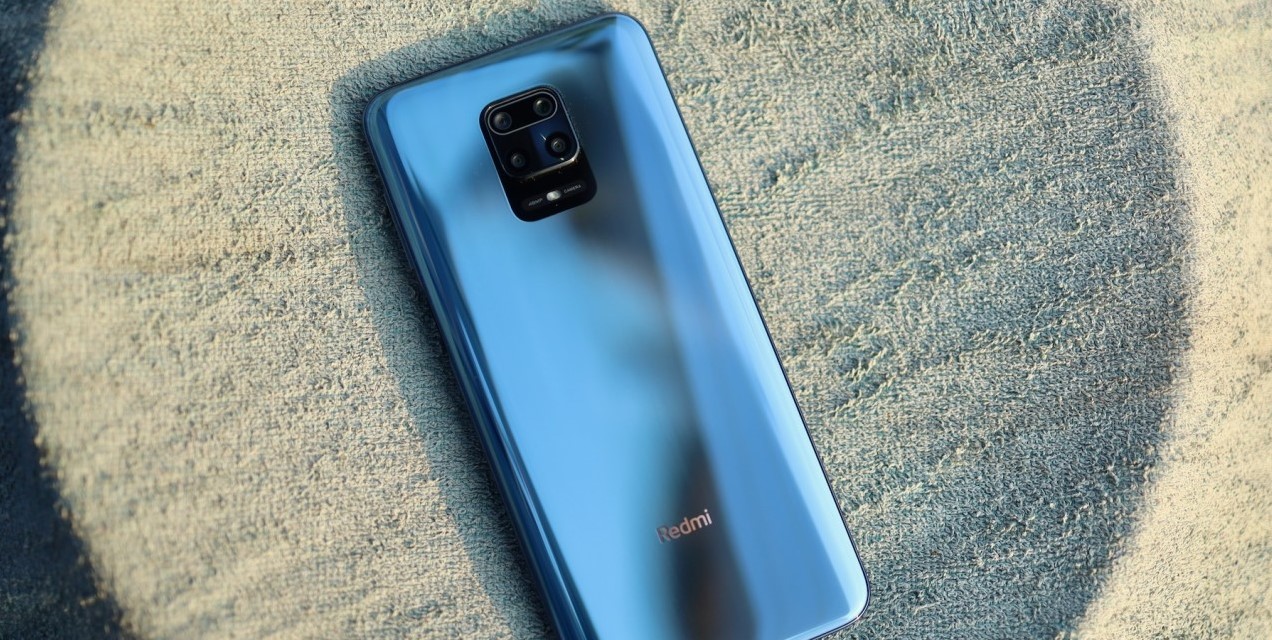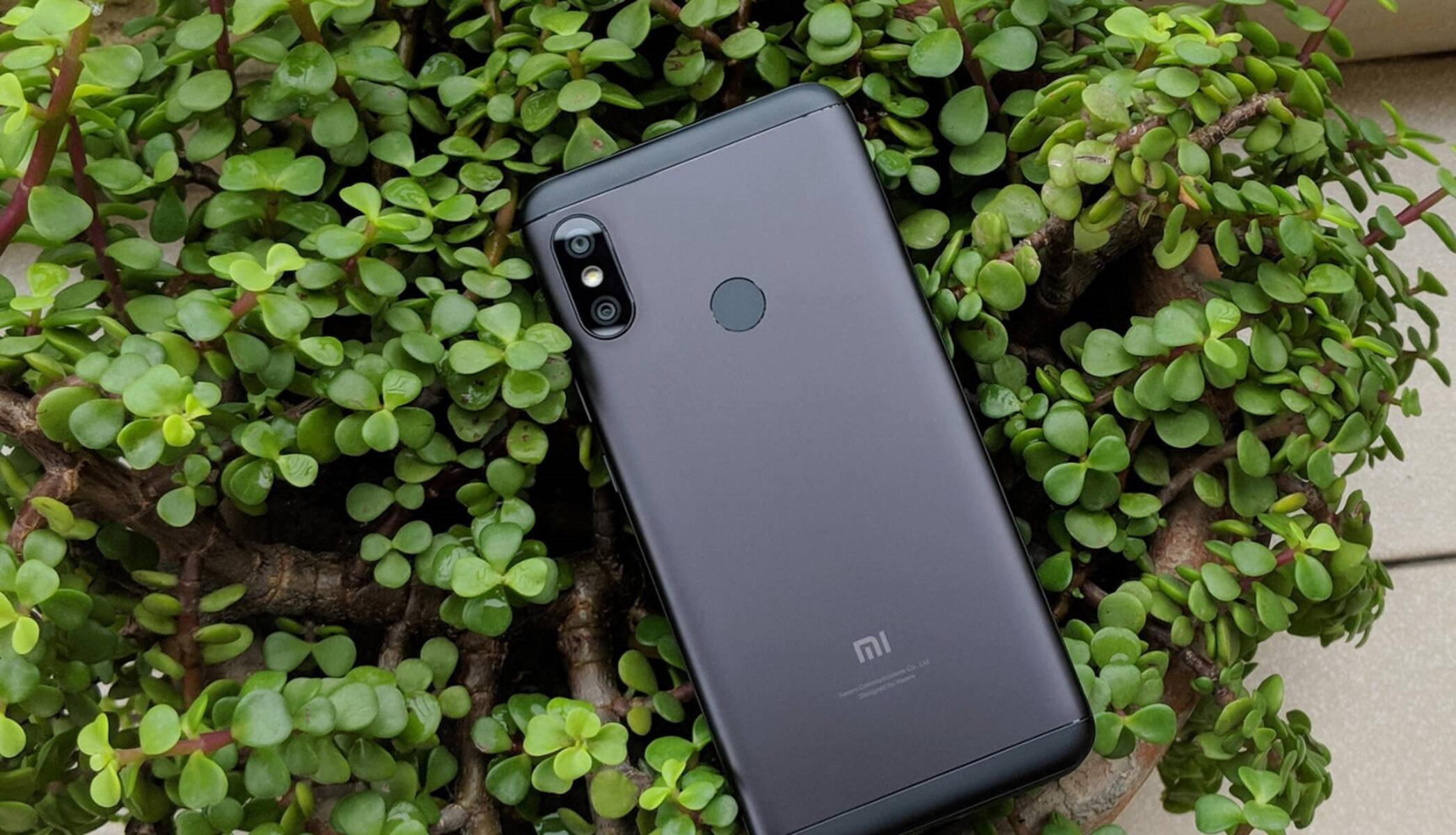Introduction
Mobile devices have become an integral part of our daily lives, serving as our communication hub, entertainment source, and productivity tool. Among the myriad of smartphones available, the Xiaomi Redmi Note 3 stands out as a popular choice, offering a blend of impressive features and affordability. However, as with any electronic device, the Redmi Note 3 is susceptible to certain risks, one of which is the dreaded "bricking."
The term "bricking" strikes fear into the hearts of smartphone users, and for good reason. It refers to a state in which a device becomes as useful as a brick, rendering it non-functional and seemingly irreparable. This can occur due to various reasons, such as failed software updates, incompatible customizations, or improper modifications to the device's firmware.
The consequences of bricking a Xiaomi Redmi Note 3 can be dire, leading to frustration, inconvenience, and potential financial loss. Fortunately, with the right knowledge and precautions, bricking can be prevented, allowing users to enjoy the full potential of their devices without the looming fear of rendering them useless.
In this article, we will delve into the intricacies of preventing bricking on the Xiaomi Redmi Note 3. We will explore essential tips and guidelines for safe customization and modification, empowering users to navigate the world of smartphone customization with confidence and peace of mind. By understanding the risks and implementing the recommended strategies, Xiaomi Redmi Note 3 users can safeguard their devices against the perils of bricking, ensuring a seamless and enjoyable mobile experience.
Understanding Bricking on Xiaomi Redmi Note 3
Bricking, in the context of the Xiaomi Redmi Note 3, refers to a state in which the device becomes completely non-functional, akin to a lifeless brick. This can occur due to various reasons, including failed software updates, incompatible customizations, or improper modifications to the device's firmware. When a device is "bricked," it is unable to boot up or perform any functions, essentially rendering it useless.
There are two primary types of bricking: soft brick and hard brick. A soft-bricked device is still recoverable through various troubleshooting methods, while a hard-bricked device is typically beyond repair and may require professional intervention or specialized tools to restore functionality.
Soft bricking often occurs as a result of failed software updates, interrupted firmware flashing, or incompatible custom ROM installations. In such cases, the device may be stuck in a boot loop, display error messages, or fail to power on properly. While soft-bricked devices are challenging, they are generally recoverable through specific procedures and tools designed to restore the device to a functional state.
On the other hand, hard bricking is a more severe condition that usually arises from critical errors during firmware modification or flashing. A hard-bricked device may not power on at all, show no signs of life, or fail to respond to any attempts at recovery. This type of bricking often necessitates advanced technical expertise or specialized hardware to attempt repairs, and in some cases, the damage may be irreversible.
Understanding the implications of bricking on the Xiaomi Redmi Note 3 is crucial for users who engage in customizations, modifications, or software updates. It underscores the importance of taking precautionary measures and following best practices to minimize the risk of encountering such detrimental outcomes. By familiarizing themselves with the potential causes and consequences of bricking, users can make informed decisions and adopt preventive strategies to safeguard their devices from these debilitating scenarios.
Essential Tips for Preventing Bricking
-
Backup Your Data: Before embarking on any customization or modification endeavors, it is imperative to back up all essential data stored on your Xiaomi Redmi Note 3. This includes contacts, photos, videos, documents, and any other critical information. By creating a comprehensive backup, you can mitigate the potential loss of data in the event of a bricking incident, ensuring that your valuable content remains secure and accessible.
-
Research and Verify Compatibility: When considering custom ROMs, firmware updates, or third-party modifications, thorough research is paramount. Verify the compatibility of the software or modifications with your specific device model and firmware version. Ensure that the resources you intend to install are designed for the Xiaomi Redmi Note 3 and are compatible with its hardware and software specifications. This proactive approach can help prevent compatibility-related issues that may lead to bricking.
-
Use Official Software and Tools: Whenever possible, rely on official software, tools, and resources provided by Xiaomi or reputable developers. Official firmware updates, recovery tools, and customization utilities are designed to work seamlessly with the Redmi Note 3, reducing the risk of encountering compatibility issues or unintended consequences that could result in bricking. Avoiding unauthorized or unverified software can significantly enhance the stability and safety of your device.
-
Follow Installation Instructions Carefully: Whether you are updating the firmware, installing a custom ROM, or applying system modifications, it is crucial to follow the installation instructions meticulously. Pay close attention to each step, adhere to the recommended procedures, and verify the integrity of the files before proceeding. Skipping or incorrectly executing installation steps can introduce errors that may lead to bricking, underscoring the importance of precision and attentiveness during the customization process.
-
Maintain Stable Power and Connectivity: During firmware updates or modifications, ensure that your Xiaomi Redmi Note 3 has a stable power source and a reliable connection. A sudden power outage or an interrupted data transfer can disrupt the installation process, potentially causing irreparable damage to the device's firmware. It is advisable to perform such operations in a well-lit environment with a stable power supply and a secure data connection to minimize the risk of bricking.
-
Exercise Caution with Root Access: Rooting your device grants elevated privileges and access to system files, offering extensive customization capabilities. However, it also introduces inherent risks, as improper use of root access can destabilize the device's operating system and lead to bricking. Exercise caution when utilizing root access and ensure that any modifications or applications requiring root privileges are from trusted sources and are compatible with your device and firmware version.
By implementing these essential tips, Xiaomi Redmi Note 3 users can proactively mitigate the risk of bricking and safeguard their devices against potential software-related issues. These preventive measures empower users to explore customization and modification options with confidence, knowing that they have taken prudent steps to protect the integrity and functionality of their smartphones.
Guidelines for Safe Customization and Modification
Customizing and modifying a Xiaomi Redmi Note 3 can be an exciting endeavor, offering users the opportunity to personalize their devices and unlock additional features. However, venturing into the realm of customization requires a cautious and informed approach to ensure the integrity and functionality of the device are preserved. Here are comprehensive guidelines for safe customization and modification:
1. Verify the Source and Integrity of Customization Resources
Before applying any customizations or modifications, it is crucial to verify the authenticity and integrity of the resources being utilized. This includes custom ROMs, firmware files, recovery tools, and any third-party modifications. Obtain these resources from reputable sources, such as official developer forums, trusted community repositories, or recognized custom ROM providers. Additionally, verify the integrity of downloaded files by confirming their checksums or digital signatures to ensure they have not been tampered with or corrupted.
2. Understand the Risks and Benefits of Customization
Delving into customization and modification endeavors necessitates a clear understanding of the associated risks and benefits. While customization can enhance the device's functionality and aesthetics, it also carries the potential for adverse outcomes, including bricking and voiding the device's warranty. Users should weigh the advantages against the risks and make informed decisions regarding the extent of customization they wish to pursue. Being cognizant of the potential implications empowers users to proceed with caution and make well-informed choices.
3. Implement Nandroid Backups and Restore Points
Nandroid backups, which capture the entire system state, including the operating system and user data, are invaluable for safeguarding against adverse customization outcomes. Before initiating any significant modifications, create a Nandroid backup using a custom recovery tool, such as TWRP (Team Win Recovery Project). This backup serves as a restore point, allowing users to revert to a stable state in the event of unforeseen issues or undesired outcomes resulting from customization attempts. Regularly creating and updating Nandroid backups is a prudent practice that provides a safety net for adventurous users.
4. Exercise Caution with Bootloader Unlocking and Firmware Modifications
Unlocking the bootloader and modifying the device's firmware are advanced customization actions that carry inherent risks. Users should approach these procedures with caution, as they can directly impact the device's security and stability. Before proceeding with bootloader unlocking or firmware modifications, thoroughly research the associated procedures, potential consequences, and available safeguards. Adhering to best practices and understanding the implications of these actions is essential for minimizing the risk of bricking and ensuring a secure and functional device.
5. Stay Informed and Engage with the Community
Remaining informed about the latest developments, best practices, and potential pitfalls in the realm of customization is instrumental for safe and rewarding experiences. Engage with the vibrant Xiaomi Redmi Note 3 community through forums, discussion platforms, and official channels to stay abreast of relevant information, troubleshooting tips, and recommended practices. Active participation in the community fosters a supportive environment where users can exchange insights, seek assistance, and benefit from collective wisdom, thereby enhancing their proficiency in navigating the intricacies of device customization.
6. Exercise Patience and Diligence
Patience and diligence are virtues that significantly contribute to the safety and success of customization endeavors. Rushing through the customization process or hastily applying modifications can increase the likelihood of errors and adverse outcomes. Exercise patience when following installation procedures, verifying compatibility, and troubleshooting issues. Diligently adhere to recommended practices, double-check instructions, and seek clarification when in doubt. By approaching customization with patience and diligence, users can mitigate the risk of encountering detrimental consequences and enjoy a smoother, more rewarding customization journey.
By adhering to these comprehensive guidelines for safe customization and modification, Xiaomi Redmi Note 3 users can navigate the realm of device customization with confidence and prudence. These guidelines underscore the importance of informed decision-making, proactive safeguards, and community engagement, empowering users to explore the full spectrum of customization options while safeguarding the integrity and functionality of their devices.
Conclusion
In the dynamic landscape of smartphone customization, the Xiaomi Redmi Note 3 stands as a versatile canvas for users to express their individuality and tailor their devices to suit their preferences. However, amidst the allure of customization, the specter of bricking looms as a formidable risk, capable of transforming a vibrant device into an inert brick. By delving into the intricacies of preventing bricking and embracing essential tips and guidelines, users can fortify their devices against the perils of irreparable software damage.
The journey of safeguarding the Xiaomi Redmi Note 3 against bricking begins with a proactive mindset and a commitment to informed decision-making. Essential tips, such as backing up critical data, verifying compatibility, and exercising caution with root access, serve as pillars of defense against potential software-related mishaps. These measures empower users to embark on customization endeavors with confidence, knowing that they have fortified their devices against adverse outcomes.
Furthermore, the comprehensive guidelines for safe customization and modification provide a roadmap for users to navigate the realm of device personalization with prudence and proficiency. By understanding the risks and benefits of customization, implementing Nandroid backups, and engaging with the vibrant community, users can cultivate a safety-conscious approach while embracing the boundless possibilities of device customization.
Ultimately, the culmination of these efforts yields a harmonious synergy between personalized device experiences and safeguarded functionality. Users can revel in the freedom to customize their Xiaomi Redmi Note 3 while upholding the integrity and stability of their devices. The journey of prevention and preparedness equips users with the knowledge and tools to navigate the realm of customization with resilience and assurance, ensuring that the specter of bricking remains at bay.
As users embark on their personalized journeys with the Xiaomi Redmi Note 3, armed with the insights and precautions outlined in this article, they can traverse the landscape of customization with a sense of empowerment and security. By embracing a proactive and informed approach, users can unlock the full potential of their devices while safeguarding against the perils of bricking, ensuring a seamless and gratifying mobile experience for years to come.







